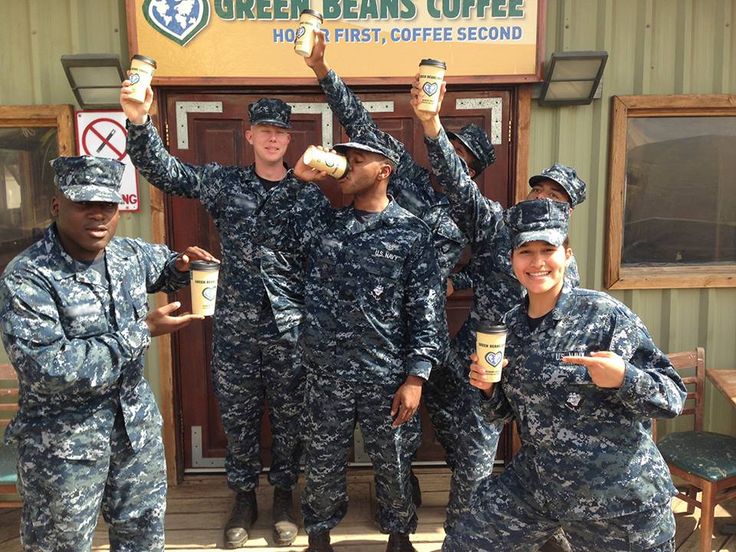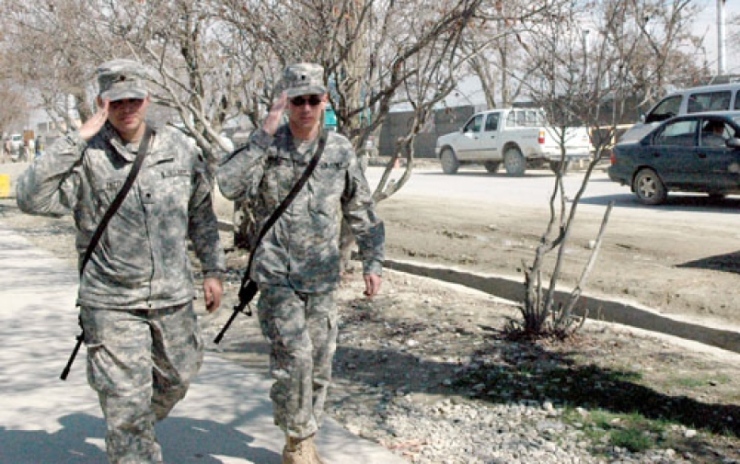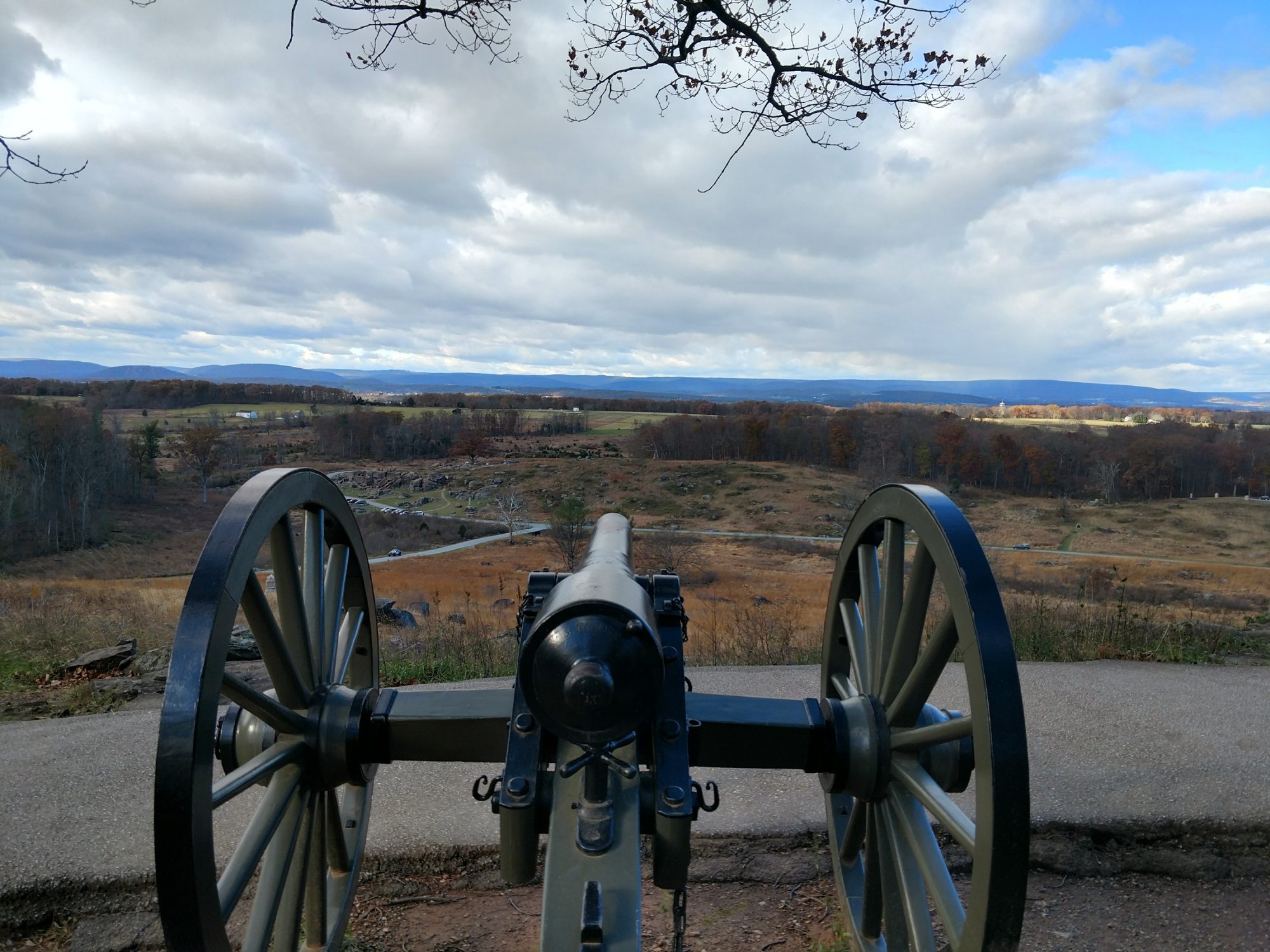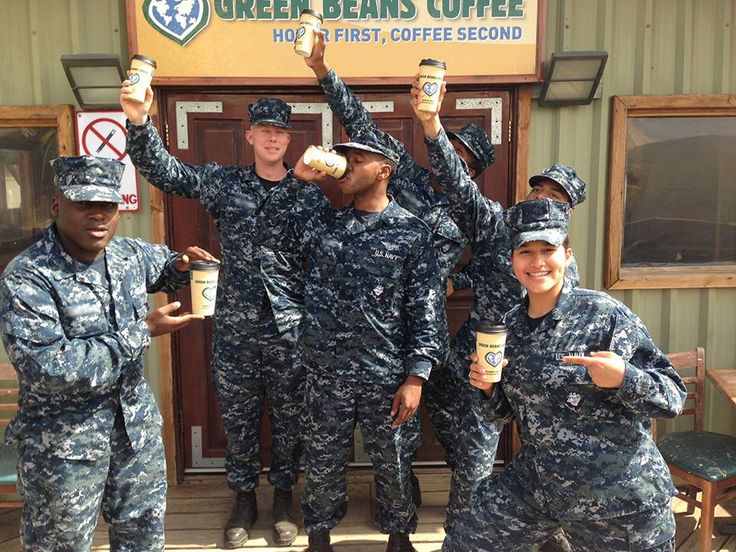There’s a common phrase among military members who have deployed to Afghanistan or Iraq as part of the Global War on Terror: Fobbit. It is a play on the words “hobbit,” from J.R.R. Tolkein’s fantasy works, The Lord of the Rings, and the acronym for Forward Operating Base: FOB. Fobbit tends to also be synonymous with POG: Personnel Other than Grunt, i.e., all those who are not in the infantry. Neither term has positive connotations. In past wars, such as Vietnam, the term was REMF: Rear Echelon Mother…well, you get the idea. All these terms describe the disdain that front-line combat troops feel for those troops who are in combat support roles and not necessarily on the front lines, engaging the enemy on a day-to-day basis. It is also where the term, “In the rear with the gear,” comes from, denoting that support troops tended to occupy a cushier lifestyle with less threat from the enemy.

While the Global War on Terror did tend to erase “front lines” and caused many support troops to be in significant danger from Improvised Explosive Devices (IEDs) and ambushes along major roads, the terms denoting support troops often carry some elements of truth. One is that the infantry, and other combat arms branches (armor, field artillery, aviation, air defense artillery, combat engineers, Special Forces, and now cyber, which is sure to ruffle some grunt feathers), promote an ethos of being superior by nature of their role: to close with and destroy the enemy. As a recruit at Infantry One Station Unit Training (OSUT, a fancy name for basic and advanced training) at Fort Benning, Georgia, I was routinely told that it took three POGs to support one infantryman. This was supposed to make me feel elite, which it would have if I didn’t also feel like I was a convict, albeit a highly trained one.
After spending some time in the force, it is my belief that the 1-3 ratio of combat arms to combat service support/combat support during the Global War on Terror is wrong: it is more like 1-5. Strategists, and those wishing to sound like strategists, call this the Tooth-to-Tail ratio. According to a Command and General Staff College paper written in 2007, 1-3 was the most accurate ratio at the time, while formations such as brigade combat teams and divisions tended to have better proportions of combat power. The paper also predicted that the “tail” would grow as the “tooth” would shrink. Given that the paper was written in 2007 and using data from 2005, the author did not see the “Surge” strategy in Iraq and later Afghanistan. The data being used was from when the Iraq war was in its infancy, and Fobbits, reflective belts, resident contractors, and Green Beans coffee stands were things of the future.

And what a future it was. The counterinsurgency wars in Iraq and Afghanistan created bases that were occupied by the ever-increasing “tail” of the Army. Because of the nature of the conflict, massive FOBs were created. How massive? Some FOBs held 20,000-35,000 people and offered amenities such as gyms, shops, laundry service, morale and welfare buildings, restaurants, and even sports fields (the Canadians at Kandahar Air Base built a hockey rink, sans ice). Headquarters unit ballooned, with some units having overlapping oversight of the same units or projects, which created redundant requirements for lower-level units. As bases became more established, structures began to be built to house the ever-growing number of high-ranking military personnel. These base footprints required an astonishing amount of money to maintain, which in turn drew in more and more civilian contractors. In a 2014 interview, the Army’s chief logistician Lieutenant General Raymond Mason blamed massive electrical power use on forward bases to this issue of “quality of life” expectations on FOBs: “FOBs became little Fort Hoods.” Indeed, these FOBs were so massive (Bagram Air Base in Afghanistan had a perimeter road that could be used for half marathons) that personnel could literally be swallowed up inside them, creating a whole class of Soldier that never saw life outside the towering T-walls that divided the FOB from the country that we were ostensibly there to help. Hence the name, “Fobbit.”

Safe inside these massive bases, Soldiers attached to logistics or headquarters units (which grew in size and number as the Global War on Terror continued) could go an entire “combat” tour without ever knowing that there was a war going on other than the occasional rocket or mortar attack, or by watching the news. Soldiers got up and went to work every day, as normally as they would back home in a garrison environment. They ate well at the dining facilities and could stop off on their way back to the office to grab a specialty coffee or maybe a piece of pizza from Pizza Hut (in 2014, I heard Soldiers berating an Afghan employee of Pizza Hut-Bagram for not carrying wings). They could return to relatively safe and clean housing where they could log on to wireless internet and Skype with their loved ones. It was truly the illusion of war.
How do I know this? Because in 2013-2014 I was one of those Fobbits. I rarely left the wire, except on occasional logistics convoys to another base or via a flight to another base. I too ate steak and lobster on Fridays at the dining facility, while Marines in Helmand and infantry at combat outposts ate Meals Ready to Eat (MREs). As infantrymen and Special Forces units waged close combat with a determined enemy, I battled ever-growing non-combat related requirements with a battery of PowerPoint slides. I watched as Bagram Airfield swelled to 45,000 people, a mix of U.S. and Coalition troops, contractors, and Afghan employees who ran many of the essential services. The “tail” was massive, because it was the drawdown in Afghanistan. Even the “teeth,” infantry units, were collapsing back to Bagram, awkwardly wandering Bagram with no mission. Base security had been outsourced to Jordanian and Nepalese soldiers, with some oversight by U.S. Army and Air Force personnel. We were told that since this was the drawdown, we would be going “expeditionary,” which is I assume why the dining facility ran out of ice cream one week. I flinched at walking down the main drag, Disney Drive, where reflective belts and salutes were required. We were mere kilometers away from people who eked out a living day-to-day, many of whom wished us ill, but it might have been a whole world away. My “war” was merely an illusion.

The Army is now re-evaluating its size, and is paying the piper for a decade of out-of-control spending that allowed contractors and, I am sad to say, military personnel, to fleece the Department of Defense out of billions of dollars. The question becomes, how much to cut? How do we balance our low-intensity conflict expectations (Middle East) with growing global competitors such as Russia and China? How do we keep our logistical superiority but remove the FOB-bound mindset that developed in the late years of the Global War on Terror? How do we maintain command and control, but reduce the competing requirements that having too many headquarters units create? There are many ideas out there, from Dr. Conrad Crane, Chief Historian for the Army Heritage and Education Center, who warns of the consequence of cutting headquarters too quickly to the argument over basic Army unit force structure going on between Lieutenant General H.R. McMaster and Colonel (retired) Douglas Macgregor. What this new Army will look like is a matter of speculation, but what we can hope for is a force that is capable of carrying the fight to the enemy as efficiently as possible without a wasteful “tail.” Reducing the number of people in between the person who is pulling the trigger and the person who gives the authority to pull the trigger can only improve our efficiency and prevent the risk aversion that developed from a FOB mentality. Our combat power is excellent; we now need to figure out how to support and supply that combat force without wasting manpower and money on enormous bases that bleed the Department of Defense dry and degrade our offensive mindset.
Enjoy what you just read? Please help spread the word to new readers by hitting the blue star “Like” button below and sharing it on social media.




I was one of those “FOBBITs” you so accurately described, although as a CID agent I ended up making lots of trips outside the wire to conduct investigations. Having been on a relatively small FOB (Kalsu) and then transferred to Camp Liberty/Victory Base Complex in Baghdad, I was amazed at the amenities present, which were even better than my kaserne featured in Germany in the mid-70s.
While there will always be a “Tooth vs. Tail” divide, the relatively luxurious surroundings we FOBBITs took for granted exacerbated the rift. When combat soldiers returning from dangerous patrols were denied entry into the DFACs because they were dust and sweat covered, or denigrated as dumb animals by “Chairborne Rangers”, those warriors rightfully became pretty damn angry. Perhaps if we combat support and service support troops had to pull guard duty on the FOB entry control points and DFACs, instead of those AK-47-toting African contractors, we’d have had more empathy for our Infantry and Armor/Cavalry brothers…and saved the government a lot of money besides!
LikeLiked by 1 person
Well, you can’t blame the contractors for filling their contracts. You can absolutely blame the people who wrote the contract requirements, selected the contractors, and generally set up the cash cow that was “Large Teat in the Sand.”
The core problem is the insistence that we have to bring all the comforts of the US to a war zone.
LikeLike
Your criticism is valid. Your understanding of the problem is not. The problem isn’t that FOBs exist, or even have a “Green Bean” on them, the problem is that politicians decided to have the military break two countries. Then after 100 days of having the military in charge of rebuilding Iraq, the State Department was given the lead and did such brilliant stabilizing moves as “de-Ba’athification” which immediately put tens of thousands of people out of work who now have a grudge against the coalition that broke their country and took their livelihood.
To sum up, stability operations, “nation building” or other “operations other than war” are really only ever going to be a poorly done by the regular military forces. Those forces can fight, no doubt about that, but no one really stopped to ask “should they?” and “what the hell do we do once they destroy everything?”
LikeLike
There were 2 overlapping problems, Bush and Cheney came in with a vision which said we dont do nation building, Bosnaia and Somalia were mistakes, 82nd airborne is not supposed to deliver supplies.
post 9/11 there was another view which was this was an oppertunity to transform the planet, make the US the true Global power for nother century and damm the consequences. We were not just going to overthrow the Taliban we were going to transform Afghanistan in to a model Jeffersonian democracy.
the tension between the 2 views was never resolved, Rumsfeld planned for kick the door in blow shit up and go home. The other view was we were planning to stay forever hence why not plant little versions of middle America across SW Asia, this was not a war zone it was an occipied colony.
LikeLike